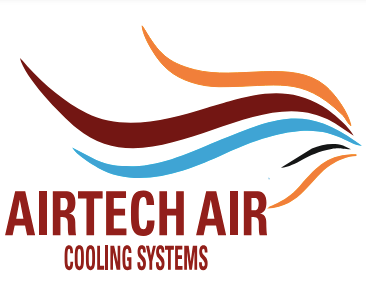Dampers
Dampers are adjustable devices used in HVAC systems to regulate or control airflow by modulating the opening and closing of ducts, enabling precise temperature and airflow management within a building or system.

Volume Control Damper
A volume control damper is a specific type of damper used in HVAC systems to regulate the volume or flow rate of air passing through a duct. It allows for precise control over airflow, enabling adjustments to meet the specific requirements of different zones or rooms within a building.
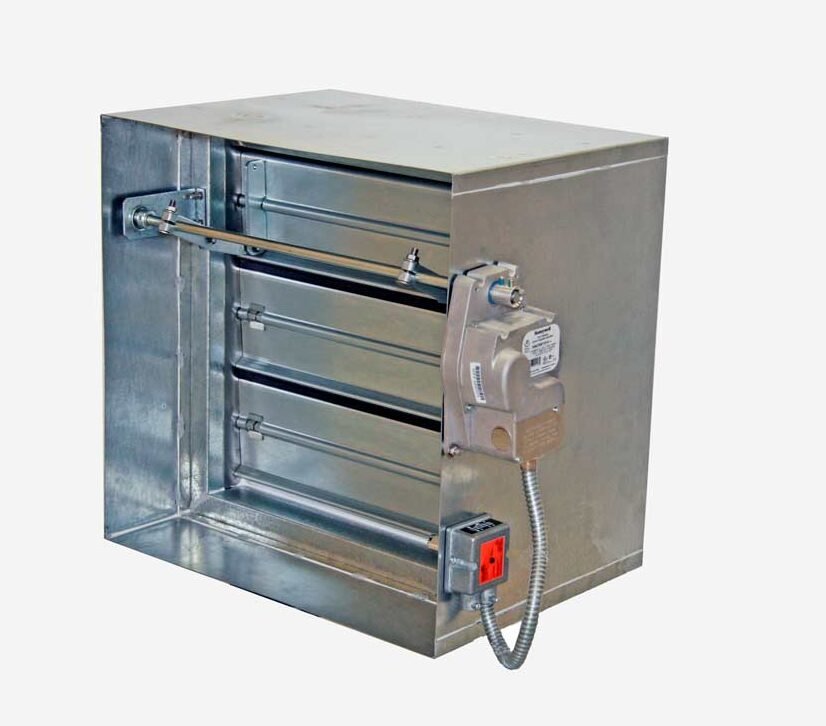
Fire Damper
A fire damper is a critical component of a building’s fire protection system, typically installed within HVAC ductwork or ventilation systems. In the event of a fire, the fire damper automatically closes to prevent the spread of flames, smoke, and hot gases through the ducts, helping to contain the fire and protect occupants and property.

Collar Damper
A collar damper is a type of damper commonly used in HVAC systems, especially in ductwork installations. It consists of a circular collar with blades or vanes that can be adjusted to control airflow. Collar dampers are typically installed in round ducts and are used to regulate the volume of air passing through the duct, providing flexibility and control over airflow distribution within a building.
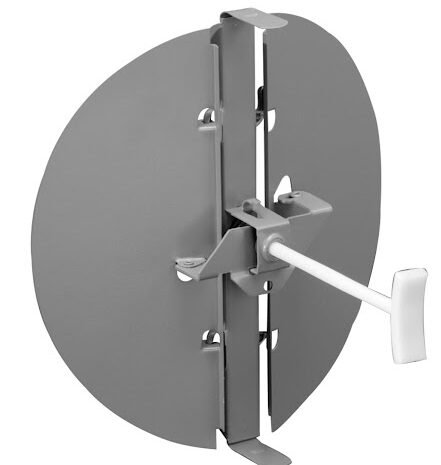
Butterfly Damper
A butterfly damper is a type of damper consisting of metal blades arranged like butterfly wings, used to regulate airflow in HVAC systems by opening or closing to control the volume of air passing through ducts, ensuring efficient ventilation and temperature control.
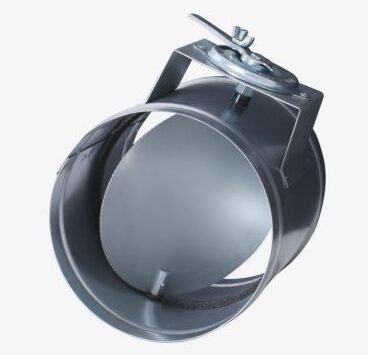
Round Damper
A round damper is a ventilation component designed for circular ductwork in HVAC systems, regulating airflow by adjusting the opening within the duct to control the volume of air passing through, optimizing ventilation and temperature distribution.
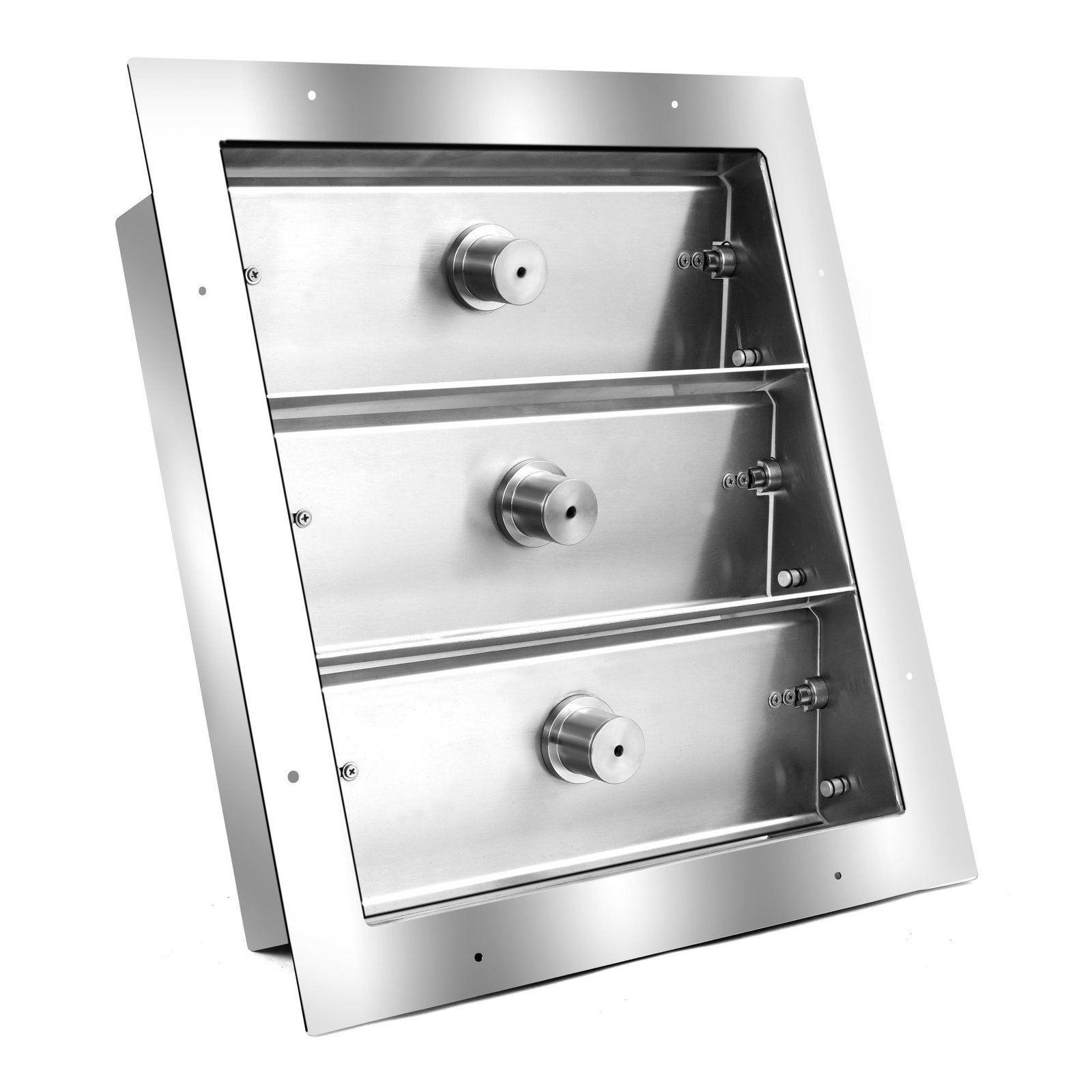
Pressure relief damper
A pressure relief damper is a safety device installed in HVAC systems to alleviate excessive air pressure within ductwork, helping to prevent damage to the system and ensuring safe operation by releasing built-up pressure when it exceeds predefined limits.
